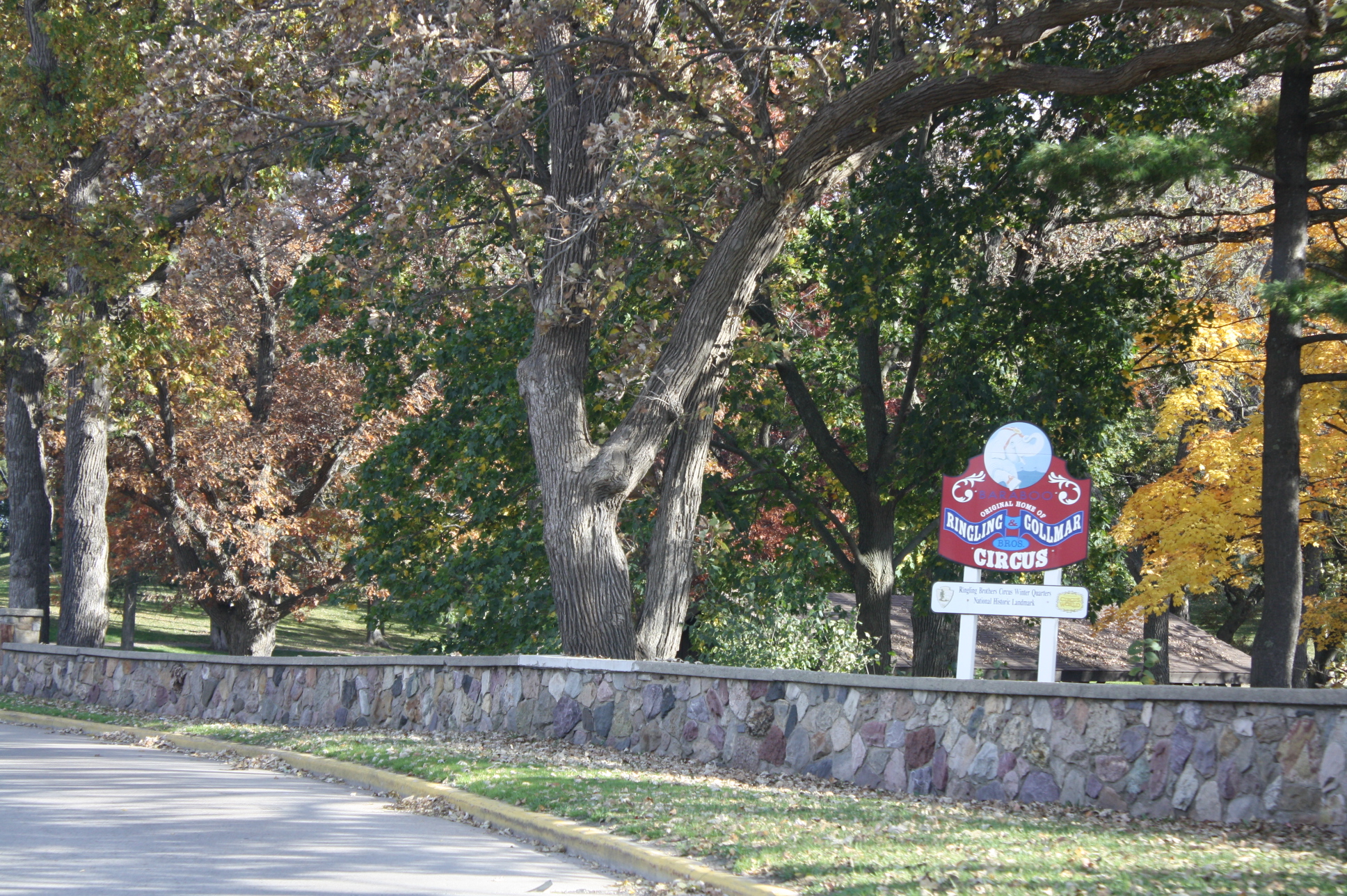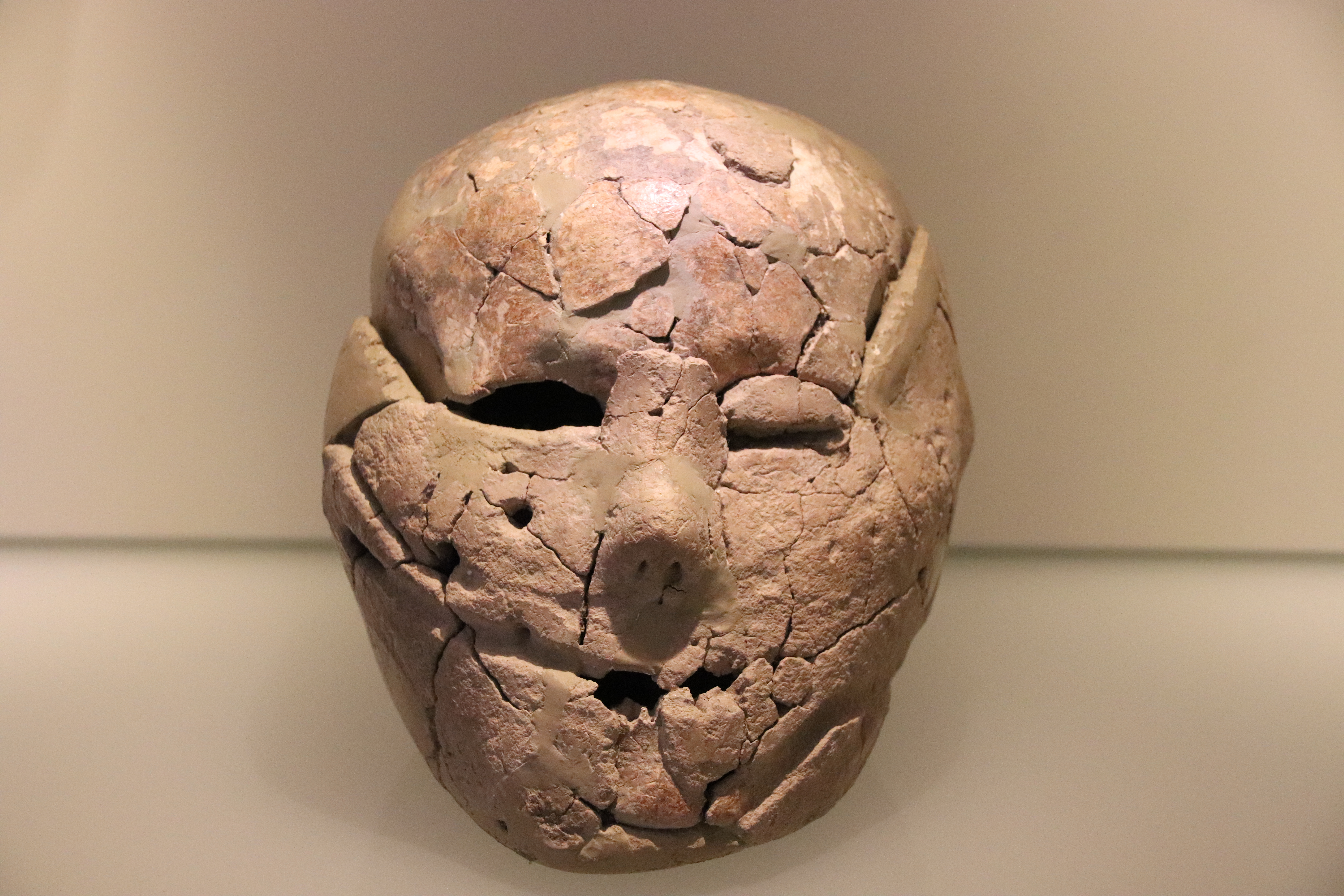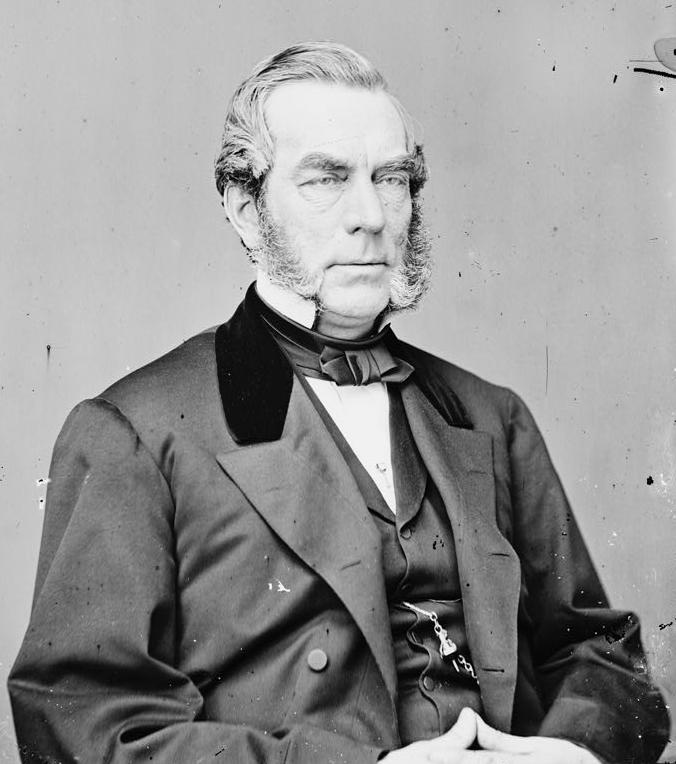|
Henry C. Hansbrough
Henry Clay Hansbrough (January 30, 1848November 16, 1933) was a United States politician who served as the first United States Representative from North Dakota, as well as a Senator from North Dakota. Biography Henry Clay Hansbrough was born in the historic Creole House in the village of Prairie du Rocher, Illinois. Henry Clay, who attended the wedding for his parents Elisha Hansbrough and Sarah Hagan, suggested to them that they name their first son after him, and they did. Henry attended the common schools, but his school was interrupted by the Civil War and was forced to close. In 1867, the family moved to San Jose, California. He learned the art of printing and worked at the trade in San Jose and later at Baraboo, Wisconsin. He was employed at one time at the ''San Jose Daily Independent'' and the ''San Francisco Chronicle''. Hansbrough later moved to Dakota Territory and established the ''Grand Forks News'' in 1881 and the ''Inter-Ocean'' at Devils Lake in 1883. Polit ... [...More Info...] [...Related Items...] OR: [Wikipedia] [Google] [Baidu] |
North Dakota
North Dakota () is a U.S. state in the Upper Midwest, named after the indigenous Dakota Sioux. North Dakota is bordered by the Canadian provinces of Saskatchewan and Manitoba to the north and by the U.S. states of Minnesota to the east, South Dakota to the south, and Montana to the west. It is believed to host the geographic center of North America, Rugby, and is home to the tallest man-made structure in the Western Hemisphere, the KVLY-TV mast. North Dakota is the 19th largest state, but with a population of less than 780,000 as of 2020, it is the 4th least populous and 4th most sparsely populated. The capital is Bismarck while the largest city is Fargo, which accounts for nearly a fifth of the state's population; both cities are among the fastest-growing in the U.S., although half of all residents live in rural areas. The state is part of the Great Plains region, with broad prairies, steppe, temperate savanna, badlands, and farmland being defining characteris ... [...More Info...] [...Related Items...] OR: [Wikipedia] [Google] [Baidu] |
Baraboo, Wisconsin
Baraboo is a city in the Midwest and the county seat of Sauk County, Wisconsin, United States. The largest city in the county, Baraboo is the principal city of the Baraboo Micropolitan Statistical Area. Its 2020 population was 12,556. It is situated on the Baraboo River. Baraboo is home to the Circus World Museum, the former headquarters and winter home of the Ringling brothers circus. The Al. Ringling Theatre is an active landmark in the city. Baraboo is also near Devil's Lake State Park, and Aldo Leopold's Shack and Farm. History Early settlement The area around Baraboo was the site of a Kickapoo village as early as 1665. The current community was established by Abe Wood in 1838, and was originally known as the village of Adams. In 1839 several settlers arrived and started building cabins, and a saw mill. In 1846 it became the county seat of Sauk County after a fierce fight with the nearby village of Reedsburg. In 1852, the village was renamed "Baraboo", after the n ... [...More Info...] [...Related Items...] OR: [Wikipedia] [Google] [Baidu] |
Al Smith
Alfred Emanuel Smith (December 30, 1873 – October 4, 1944) was an American politician who served four terms as Governor of New York and was the Democratic Party's candidate for president in 1928. The son of an Irish-American mother and a Civil War–veteran Italian-American father, Smith was raised on the Lower East Side of Manhattan near the Brooklyn Bridge. He resided in that neighborhood for his entire life. Although Smith remained personally untarnished by corruption, he—like many other New York politicians—was linked to the notorious Tammany Hall political machine that controlled New York City politics during his era. Smith served in the New York State Assembly from 1904 to 1915 and held the position of Speaker of the Assembly in 1913. Smith also served as sheriff of New York County from 1916 to 1917. He was first elected governor of New York in 1918, lost his 1920 bid for re-election, and was elected governor again in 1922, 1924, and 1926. Smith was the foremos ... [...More Info...] [...Related Items...] OR: [Wikipedia] [Google] [Baidu] |
Woodrow Wilson
Thomas Woodrow Wilson (December 28, 1856February 3, 1924) was an American politician and academic who served as the 28th president of the United States from 1913 to 1921. A member of the Democratic Party, Wilson served as the president of Princeton University and as the governor of New Jersey before winning the 1912 presidential election. As president, Wilson changed the nation's economic policies and led the United States into World War I in 1917. He was the leading architect of the League of Nations, and his progressive stance on foreign policy came to be known as Wilsonianism. Wilson grew up in the American South, mainly in Augusta, Georgia, during the Civil War and Reconstruction. After earning a Ph.D. in political science from Johns Hopkins University, Wilson taught at various colleges before becoming the president of Princeton University and a spokesman for progressivism in higher education. As governor of New Jersey from 1911 to 1913, Wilson broke with party ... [...More Info...] [...Related Items...] OR: [Wikipedia] [Google] [Baidu] |
Theodore Roosevelt
Theodore Roosevelt Jr. ( ; October 27, 1858 – January 6, 1919), often referred to as Teddy or by his initials, T. R., was an American politician, statesman, soldier, conservationist, naturalist, historian, and writer who served as the 26th president of the United States from 1901 to 1909. He previously served as the 25th vice president under President William McKinley from March to September 1901 and as the 33rd governor of New York from 1899 to 1900. Assuming the presidency after McKinley's assassination, Roosevelt emerged as a leader of the Republican Party and became a driving force for anti-trust and Progressive policies. A sickly child with debilitating asthma, he overcame his health problems as he grew by embracing a strenuous lifestyle. Roosevelt integrated his exuberant personality and a vast range of interests and achievements into a "cowboy" persona defined by robust masculinity. He was home-schooled and began a lifelong naturalist avocation before attendi ... [...More Info...] [...Related Items...] OR: [Wikipedia] [Google] [Baidu] |
Portrait Of Henry C
A portrait is a painting, photograph, sculpture, or other artistic representation of a person, in which the face and its expressions are predominant. The intent is to display the likeness, personality, and even the mood of the person. For this reason, in photography a portrait is generally not a snapshot, but a composed image of a person in a still position. A portrait often shows a person looking directly at the painter or photographer, in order to most successfully engage the subject with the viewer. History Prehistorical portraiture Plastered human skulls were reconstructed human skulls that were made in the ancient Levant between 9000 and 6000 BC in the Pre-Pottery Neolithic B period. They represent some of the oldest forms of art in the Middle East and demonstrate that the prehistoric population took great care in burying their ancestors below their homes. The skulls denote some of the earliest sculptural examples of portraiture in the history of art. Historical portraitu ... [...More Info...] [...Related Items...] OR: [Wikipedia] [Google] [Baidu] |
60th United States Congress
The 60th United States Congress was a meeting of the legislative branch of the United States federal government, composed of the United States Senate and the United States House of Representatives. It met in Washington, DC from March 4, 1907, to March 4, 1909, during the last two years of Theodore Roosevelt's presidency. The apportionment of seats in the House of Representatives was based on the Twelfth Census of the United States in 1900. Both chambers had a Republican majority. Major events Major legislation * May 30, 1908 — Aldrich-Vreeland Act, ch. 229, * 1908 — The Federal Employers Liability Act (FELA), 5645 U.S.C. § 51 et seq. States admitted * November 16, 1907: Oklahoma was admitted as the 46th state. Party summary Senate House of Representatives Leadership Senate * President: Charles W. Fairbanks (R) * President pro tempore: William P. Frye (R) Majority (Republican) leadership * Conference Chairman: William B. Allison until August 1908 ** Eugene ... [...More Info...] [...Related Items...] OR: [Wikipedia] [Google] [Baidu] |
54th United States Congress
The 54th United States Congress was a meeting of the legislative branch of the United States federal government, consisting of the United States Senate and the United States House of Representatives. It met in Washington, D.C. from March 4, 1895, to March 4, 1897, during the last two years of Grover Cleveland's second presidency. The apportionment of seats in the House of Representatives was based on the Eleventh Census of the United States in 1890. The House had a Republican majority, and the Republicans were the largest party in the Senate. Major events Major legislation * May 21, 1896: Oil Pipe Line Act, ch. 212, ( et seq.) * May 22, 1896: Condemned Cannon Act, * May 28, 1896: United States Commissioners Act, * June 1, 1896: Married Women's Rights Act (District of Columbia), * June 6, 1896: Filled Cheese Act, * January 13, 1897: Stock Reservoir Act, , ( et seq.) * March 2, 1897: Tea Importation Act, , ( et seq.) States admitted * January 4, 1 ... [...More Info...] [...Related Items...] OR: [Wikipedia] [Google] [Baidu] |
United States House Of Representatives
The United States House of Representatives, often referred to as the House of Representatives, the U.S. House, or simply the House, is the lower chamber of the United States Congress, with the Senate being the upper chamber. Together they comprise the national bicameral legislature of the United States. The House's composition was established by Article One of the United States Constitution. The House is composed of representatives who, pursuant to the Uniform Congressional District Act, sit in single member congressional districts allocated to each state on a basis of population as measured by the United States Census, with each district having one representative, provided that each state is entitled to at least one. Since its inception in 1789, all representatives have been directly elected, although universal suffrage did not come to effect until after the passage of the 19th Amendment and the Civil Rights Movement. Since 1913, the number of voting representat ... [...More Info...] [...Related Items...] OR: [Wikipedia] [Google] [Baidu] |
51st United States Congress
The 51st United States Congress, referred to by some critics as the Billion Dollar Congress, was a meeting of the legislative branch of the United States federal government, consisting of the United States Senate and the United States House of Representatives. It met in Washington, D.C., from March 4, 1889, to March 4, 1891, during the first two years of the administration of U.S. President Benjamin Harrison. The apportionment of seats in this House of Representatives was based on the Tenth Census of the United States in 1880. The Republicans maintained their majority in the Senate, and won the majority in the House. With Benjamin Harrison being sworn in as President on March 4, 1889, This gave the Republicans an overall federal government trifecta for the first time since the 43rd Congress in 1873-1875. Major events * March 4, 1889: Benjamin Harrison became President of the United States * December 29, 1890: Wounded Knee Massacre Major legislation It was r ... [...More Info...] [...Related Items...] OR: [Wikipedia] [Google] [Baidu] |
Republican National Committee
The Republican National Committee (RNC) is a U.S. political committee that assists the Republican Party of the United States. It is responsible for developing and promoting the Republican brand and political platform, as well as assisting in fundraising and election strategy. It is also responsible for organizing and running the Republican National Convention. When a Republican is president, the White House controls the committee. According to Boris Heersink, "political scientists have traditionally described the parties' national committees as inconsequential but impartial service providers." Similar committees exist in every U.S. state and most U.S. counties, although in some states party organization is structured by congressional district, allied campaign organizations being governed by a national committee. Ronna McDaniel is the current committee chairwoman. The RNC's main counterpart is the Democratic National Committee. History The 1856 Republican National Convent ... [...More Info...] [...Related Items...] OR: [Wikipedia] [Google] [Baidu] |
Devils Lake, North Dakota
Devils Lake is a city in Ramsey County, North Dakota, United States. It is the county seat of Ramsey County. The population was 7,192 at the 2020 census. It is named after the nearby body of water called Devils Lake. The first house in Devils Lake was built in 1882. It was surveyed in 1883 and named Creelsburg and later Creel City, after the surveyor, Heber M. Creel. In 1884 it was renamed Devils Lake.Ramsey County History The local paper is the '' Devils Lake Journal''. serves the city. Devils Lake is home to |










